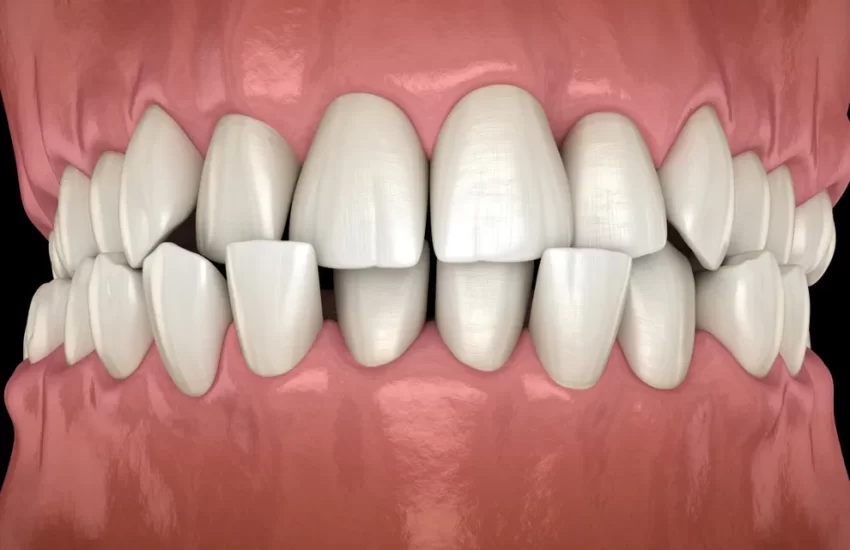Your Daily Dental Routine: Strategies for Superior Oral Care
Charity begins at home, and so should your oral health care! Taking care of your teeth and gums should be your top priority since it paves the way for a healthy body. Your teeth play a vital role that helps in mastication and aesthetic enhancement.
The family dentist in Richmond, IN, and their team have expertise in educating their patients about the importance of oral care at home. Let’s find out more about oral home care.
Why is oral care at home important?
Oral home care is important irrespective of your age. Nobody is immune to dental problems. Although dentists always take charge of diagnosing and treating oral issues, it is your job too to take care of your teeth and gums. This can greatly avoid factors that could increase the risk of suffering from dental problems and other diseases. Practicing routine oral hygiene care will keep your teeth free from bacteria, plaque, and calculus which are the prime culprits of tooth decay and gum disease.
What are the common at-home oral care methods?
Oral home care is an essential practice that you can follow conveniently at home to keep your teeth and gums in ideal condition. These effective procedures can greatly save you time and money from extensive dental procedures since they prevent the onset or progression of several oral diseases.
The most essential oral home care practices include the following:
Regular tooth brushing
- The American Dental Association (ADA) suggests using a soft-bristled brush and fluoridated toothpaste.
- You are recommended to brush your teeth twice a day, in the morning and at night before going to bed.
- The correct method of brushing:
- Place the head of your brush at 45 45-degree angle to the gums, and gently brush your teeth in a small circular motion.
Dental flossing
- Daily flossing is the best way to remove plaque from the interdental areas (area between your adjacent teeth) that are not accessible through regular brushing.
- This prevents damage to the teeth, gums, and the alveolar bone.
- The correct method of flossing:
- Take 30 to 40 cm of floss and wrap it around your middle fingers.
- Use your thumb and forefingers to guide the floss to insert it into the interdental area using a sawing motion.
- Gently curve the floss into a “C” shape and gently move up and down to clean the area.
Other helpful oral aids
- Interdental brushes
- Mouth rinses
- Oral irrigators
Taking care of your teeth and gums is crucial since it helps prevent problems like dental decay, gum disease, and premature loss of teeth. A healthy mouth paves the way to a healthy body.









